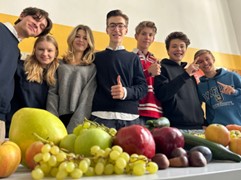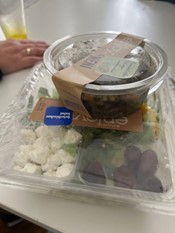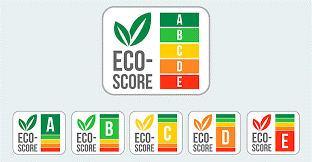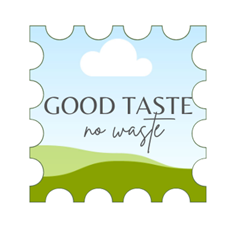
Contents
Learning Outcome Time required Tools or equipment required Summary of the activity What to do Tips how to implement the topic to school curriculumLearning Outcome
- Understand sustainable food processing and distribution.
- Learn strategies for preventing food loss and waste.
- Develop awareness of the environmental impact of packaging materials.
- Gain knowledge of the source, distance traveled, cost, and packaging of food products.
Time required
2 – 3 weeks (4 - 6 lessons)
Tools or equipment required
Teachers should familiarize themselves with supermarkets and local markets in the surrounding area. Students should already possess a basic understanding of food production, seasonal and local products, packaging, and transportation.
Summary of the activity
The primary goal of this activity is to educate secondary school students about the environmental impact of food packaging and waste, fostering an understanding of sustainable food practices. Students will explore the differences between purchasing at supermarkets, local markets, and small grocery stores, with a focus on minimizing packaging material.
As students are generally provided with food by their parents, this project aims to raise awareness among students about avoidable packaging in the food they consume. The focus is on making informed choices to reduce the environmental footprint of their food consumption.
Students will act as test buyers, exploring differences between supermarkets, local markets, and small grocery stores. The project involves researching and evaluating the purchasing, distribution, and waste prevention practices of these establishments.
What to do
1. Introduction to the topic
- Organise an excursion to a Supermarket´s logistic center
- Research about the differences in Purchasing, Distribution and finally waste prevention between large supermarket and a local food shop.
2. Implementation
Test Buying:
- Divide students into at least four groups.
- Each group purchases the same or similar products with the goal of minimizing packaging.
- Example Basket:
- 1 kg apples
- 1 kg bread
- 0.5 kg carrots
- 6 eggs
- 150 g cheese
- 5 falafel
- 100 g ham
- Fruit tea (can be served hot or cold)

3. Comparison and Evaluation:
- Present purchased products on designated tables.
- Answer questions for each product:
- Where does it come from? Can you find a distinct address for the producer?
- How far did it travel?
- How much did it cost?
- Packaging details (plastics or other materials).
- Evaluate taste.
4. Presentation of Results:
- Evaluate each product in every category.
- Use a scoring method or labeling (e.g., "ECO - SCORE") for comparison.
- Students can create a new label: "Packaging Score."

- Display results on a flip chart in the classroom.
- Create a poster for the activity

Tips how to implement the topic to school curriculum
This project aligns with various subjects:
- Geography: Transport, Distances
- Biology: Food and Packaging, Ecology
- Chemistry: Plastic materials, compostable plastics
- It can also serve as a responsible team-building event, promoting shared consumption of the purchased products.
